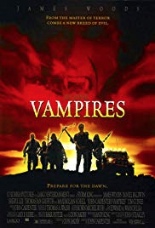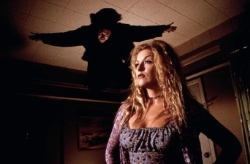
 For the sake of argument, let’s say you’re at the local park on a lovely fall day and you happen to see a gentleman, clad head to toe in a black coat and a black hat, not only buying a young street urchin a large tuft of cotton candy but taking him on a small paddleboat ride across a lake to a desolate clearing. Surely, if you didn’t forcibly stop him, you’d call the authorities, right?
For the sake of argument, let’s say you’re at the local park on a lovely fall day and you happen to see a gentleman, clad head to toe in a black coat and a black hat, not only buying a young street urchin a large tuft of cotton candy but taking him on a small paddleboat ride across a lake to a desolate clearing. Surely, if you didn’t forcibly stop him, you’d call the authorities, right?
If not, then it’s a good chance you’re the faceless killer of the mostly mundane Italian flick The Wax Mask, a latter-day effort from former masters of horror Dario Argento and Lucio Fulci — who had the good sense to die during production and leave directing duties to special effects maestro Sergio Stivaletti, who, in all fairness, does a pretty capable job.
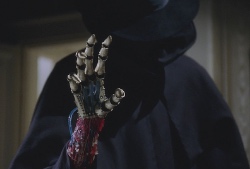 Inside a randy brothel — one that’s housing some of Italian porn’s finest actors, I’m sure — like many people at the turn of the century were wont to do, a pair of men are placing bets on whether one of them could make it through an entire night at the new wax museum that recently opened down the street. I’m not giving anything away by telling you this white fool gets himself killed.
Inside a randy brothel — one that’s housing some of Italian porn’s finest actors, I’m sure — like many people at the turn of the century were wont to do, a pair of men are placing bets on whether one of them could make it through an entire night at the new wax museum that recently opened down the street. I’m not giving anything away by telling you this white fool gets himself killed.
His corpse, like so many others throughout the course of the film, are used in the wax museum’s life-like (not really) exhibitions, seemingly presided over by a mad scientist — at least I think he’s a scientist — with a de-gloved hand that is seeking revenge on a cheating wife, although I think it’s safe to say he had his revenge by now and is just acting out for attention.
Even though the flick is nowhere near the standards horror fans have come to expect from Argento and Fulci over the years, Stivaletti salvages what he can, relying more on mystery and atmosphere than the usual buckets of grue; but, to be fair, the gore effects are, of course, watchably graphic and suitably grotesque. But, and I ask this rhetorically, is it, as the box copy tells us, the “last great Italian gore film of the 20th century”? —Louis Fowler



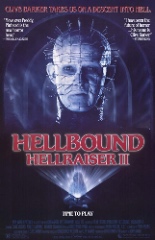
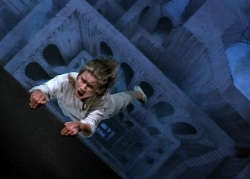
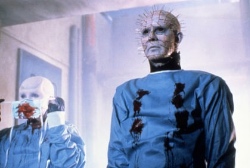

 Since having a stroke over a year ago, I’ve lost close to 200 pounds. And, even though I’m considerably older than the titular Brittany in Brittany Runs a Marathon, how the world’s opinion changes — for good and bad — when you drastically change yourself is so honestly depicted here that, unless you’ve been through it, you’ll probably never understand.
Since having a stroke over a year ago, I’ve lost close to 200 pounds. And, even though I’m considerably older than the titular Brittany in Brittany Runs a Marathon, how the world’s opinion changes — for good and bad — when you drastically change yourself is so honestly depicted here that, unless you’ve been through it, you’ll probably never understand. The tribulations that Brittany goes through to get to the marathon, from dealing with random food binges to mysterious leg pains to an Instagram roommate who tells her she be fat again soon, is an earnest account of an unhealthy person trying to change not only her outer self, but her inner self as well. That being said, it is also dramatically funny at times when it doesn’t intrinsically hurt.
The tribulations that Brittany goes through to get to the marathon, from dealing with random food binges to mysterious leg pains to an Instagram roommate who tells her she be fat again soon, is an earnest account of an unhealthy person trying to change not only her outer self, but her inner self as well. That being said, it is also dramatically funny at times when it doesn’t intrinsically hurt.